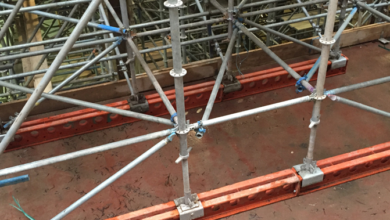Typical Problems Home Buyers Experience
Knowing how to handle all of the sporadic modest household maintenance responsibilities before purchasing a home is essential. Even recently constructed homes have problems. Homeowners occasionally might need to fix noisy doors or clogged sinks. Accidents happen, and the homeowner may need to repair drywall damage or replace damaged floor tiles.
When you are a property owner, there is always work to be done. Even though many of those repairs are simple to complete, a property may have a number of possible problems that you are unsure how to begin fixing. The solution to many issues, such as a light bulb blowing out, can be found by determining what went wrong and how it occurred. But where do you even start?
Even the most experienced homeowner will occasionally run across one or two of these issues, and as the house ages and the issues mount, it becomes more difficult to figure out how to solve them. The typical homeowner spends between 1% and 4% of the annual value of their home on upkeep and repairs. As a house ages, the cost of this climbs dramatically. Small annoyances like cold floors or an abundance of dust may seem inconsequential to a homeowner who has lived in the home for a long time and has grown accustomed to them. A potential buyer might only consider the 1 to 4 percent annual payment difference between their current and new homes.
Knowing some of the most common issues in a property and how to solve them is crucial whether a homeowner plans to dwell in the home for period of time or if they decide to put it up for sale in the future. This isn’t always the case, though. These issues frequently appear to be serious, structural issues with the home that will necessitate pricey repairs or renovation to address.
For instance, to solve problems with airflow throughout the space, a drafty room may appear to need an expensive furnace update or even a complete rebuild. On the other hand, small fractures or breaches near windows or doors are often the cause of a drafty room and may be swiftly repaired by adding weather stripping insulation.
If you’re frustrated by certain typical household issues, this checklist might help you find solutions. When anything seems off with your house and you’re not sure where to start looking, use this checklist as a jumping off point for repairs. As a homeowner, you may need to don your work boots and address a problem on your own from time to time. The resource that comes with it is a fantastic place to start.
Infographic created by Foundation Repair Services, Industry-Leading Screw Pile Foundation North Carolina






